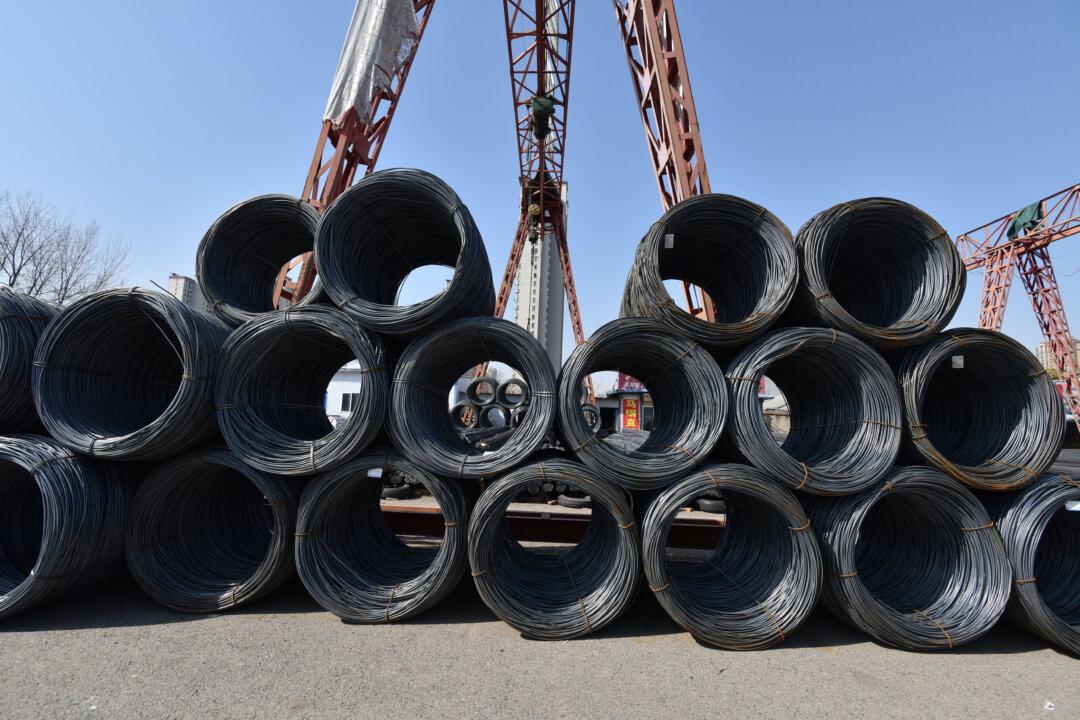Commentary
The United States on Feb. 10 increased tariffs on steel and aluminum by an additional duty of 25 percent, on top of existing tariffs. The tariffs will go into effect March 12. Reciprocal tariffs against countries that tariff the United States will also likely be imposed in the near future.





